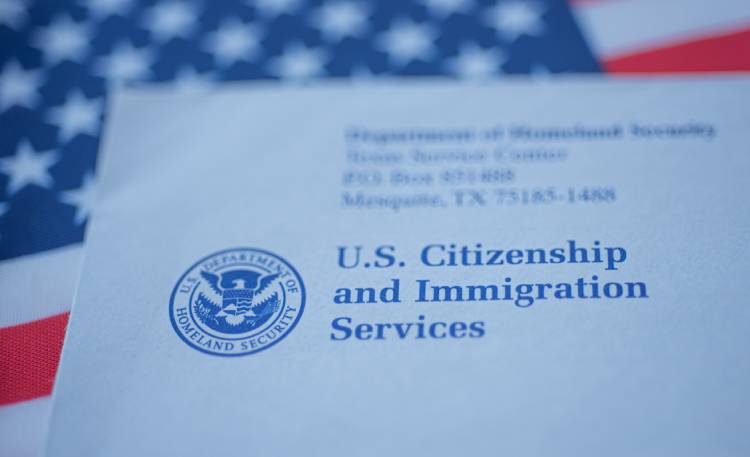USCIS’s New Fast-Track for Refugee Work Authorization
The U.S. Citizenship and Immigration Services (USCIS) has significantly updated the process of obtaining Employment Authorization Documents (EADs) for refugees. Starting December 10, 2023, eligible refugees admitted into the United States will experience a more efficient path to gaining work authorization, thanks to a new streamlined process for Form I-765, Application for Employment Authorization.

